Flowers of several terrestrial orchids (Bletilla striata, below, and Calanthe discolor, further below) were damaged in the recent freeze, an instance of unfortunate timing and an extremely late and unusual drop in temperature to a few degrees below freezing. Orchids were not alone in suffering injury from the cold, though including the orchids, none of the damage should cause permanent harm.
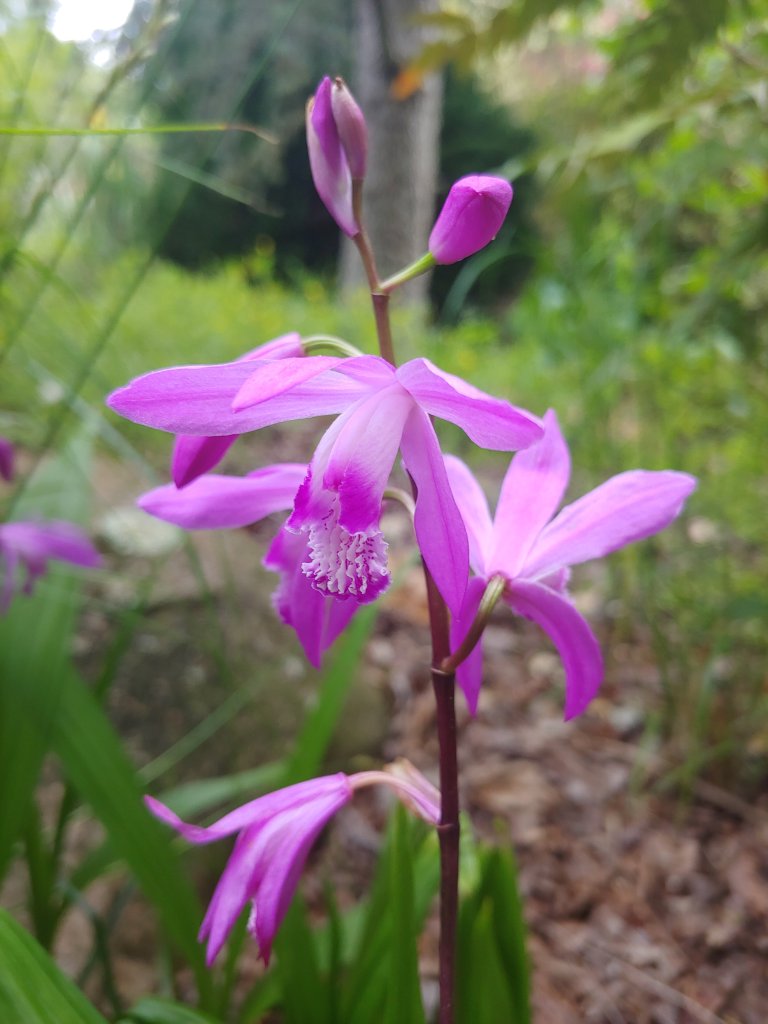
The first purchases of orchids several years ago were made despite concerns that their survival could be difficult, and at a high cost this could be throwing money to the wind. I’ve done that more than a few times over the years, and I’m tight enough with a dollar not to pull out my wallet without careful consideration and a heap of second guessing. But, somehow I became satisfied that there was a reasonable chance for the orchids’ survival, so the order was placed, and thank goodness.
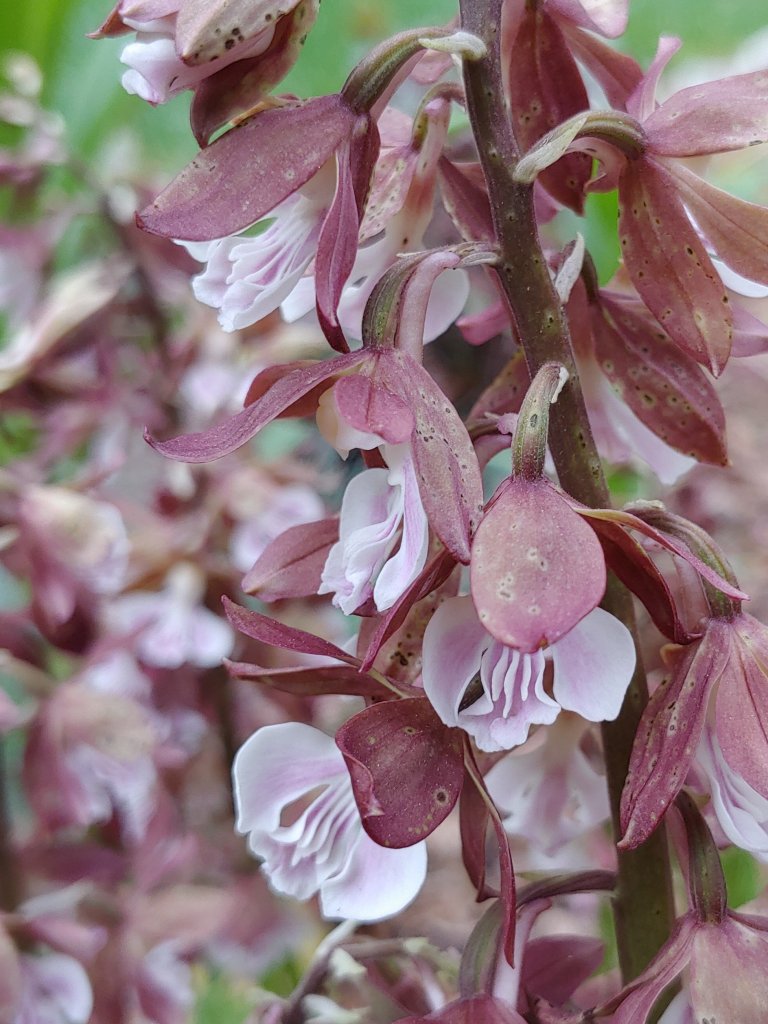
Today, I have no doubt these orchids are as sturdy as anything in the garden, and on a whim a week ago, and certainly not the suggested time for transplanting, several were dug out of a sedge (Carex) that spread into the orchids. I don’t believe there’s any stopping the sedge short of digging out the entire mess of it, so the orchids had to be dug. Fortunately, these were transplanted without a hitch, and perhaps the disturbance slowed progress of the flowers just enough that this small group did not suffer at all in the freeze.
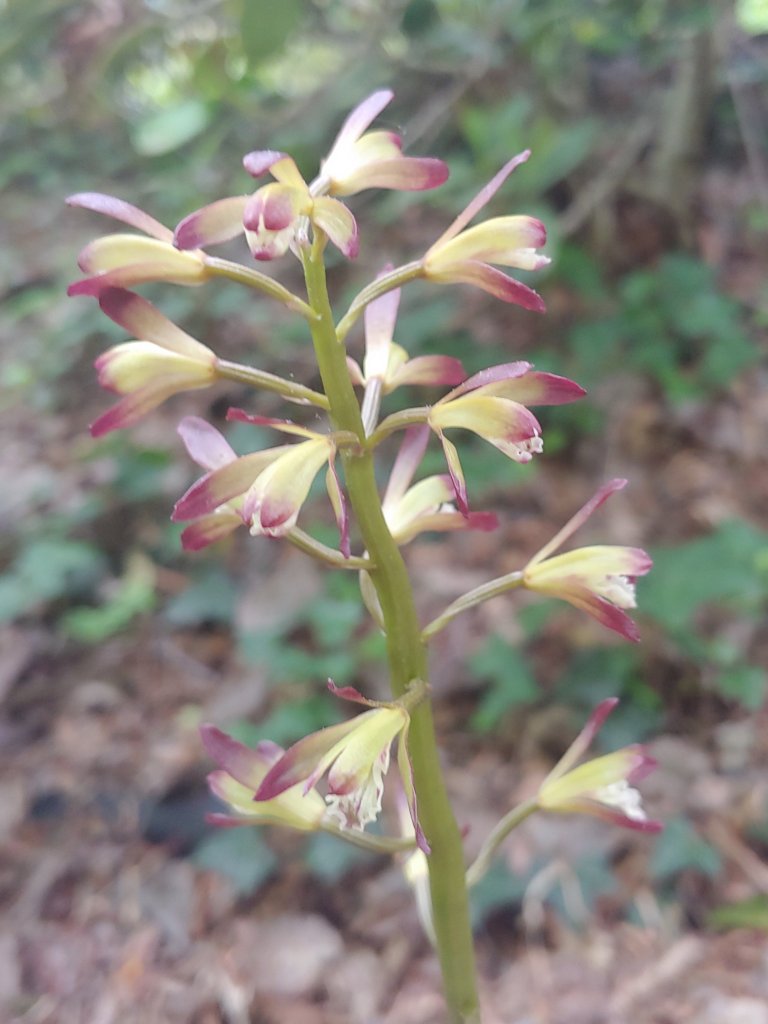
Other types of orchids are doing just fine, including native Putty root (Aplectrum hyemale, above) and Showy orchids (Galearis spectabilis, below) that are just about to flower. These were considerably less expensive, but also they don’t provide the show of larger orchids.
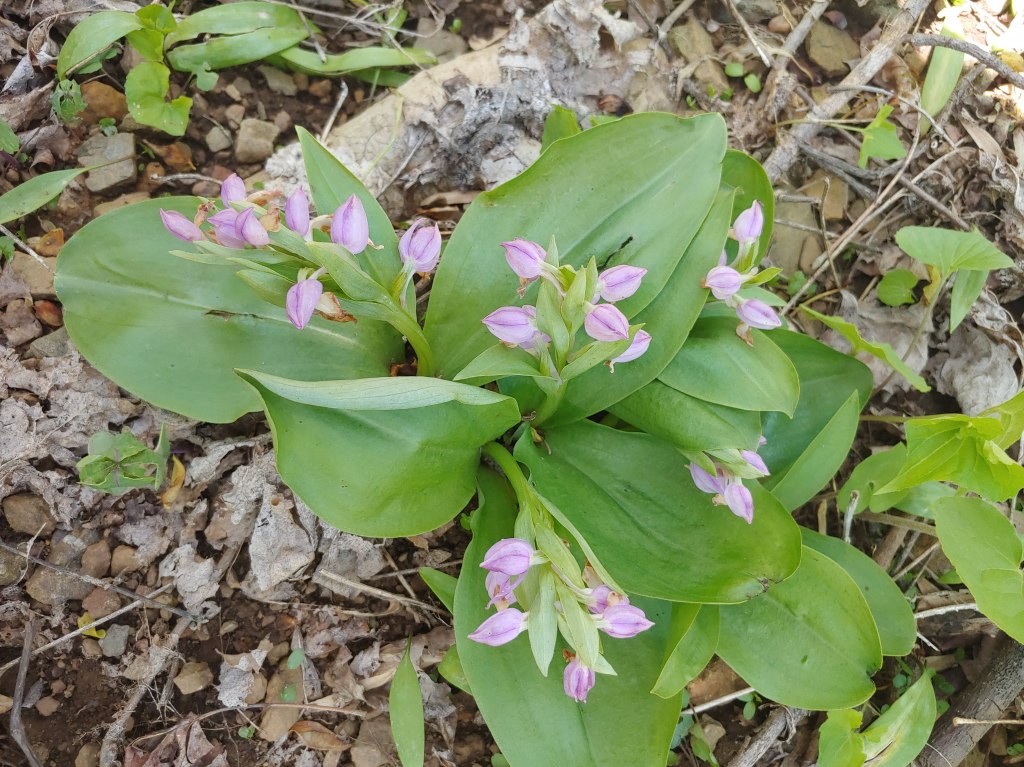
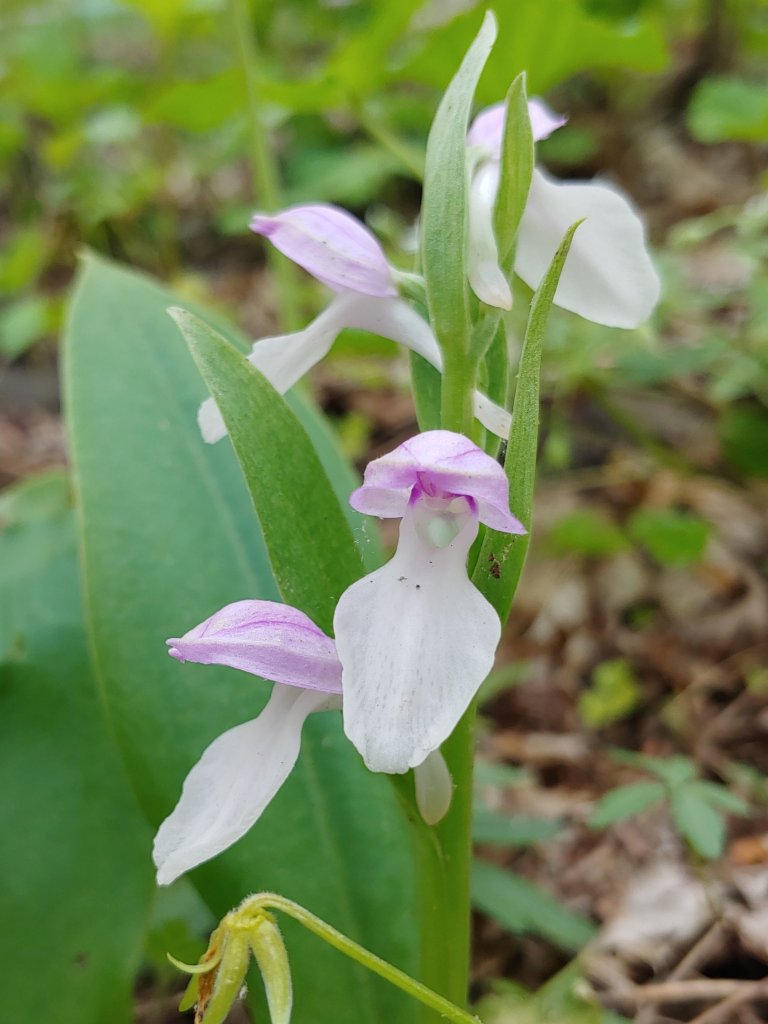
With the success of a variety of orchids I’ve continually been tempted to plant a few Lady Slipper orchids (Cypripedium), but the price was more than I could stomach until I ran across a small New England farm that sells them at a cheaper (but not cheap) rate. My wife nearly cried when she heard the less expensive amount I paid. She couldn’t believe I’d pay that much for any tiny plant, and for weeks, of course, there was nothing more than a sliver of green showing above the soil.

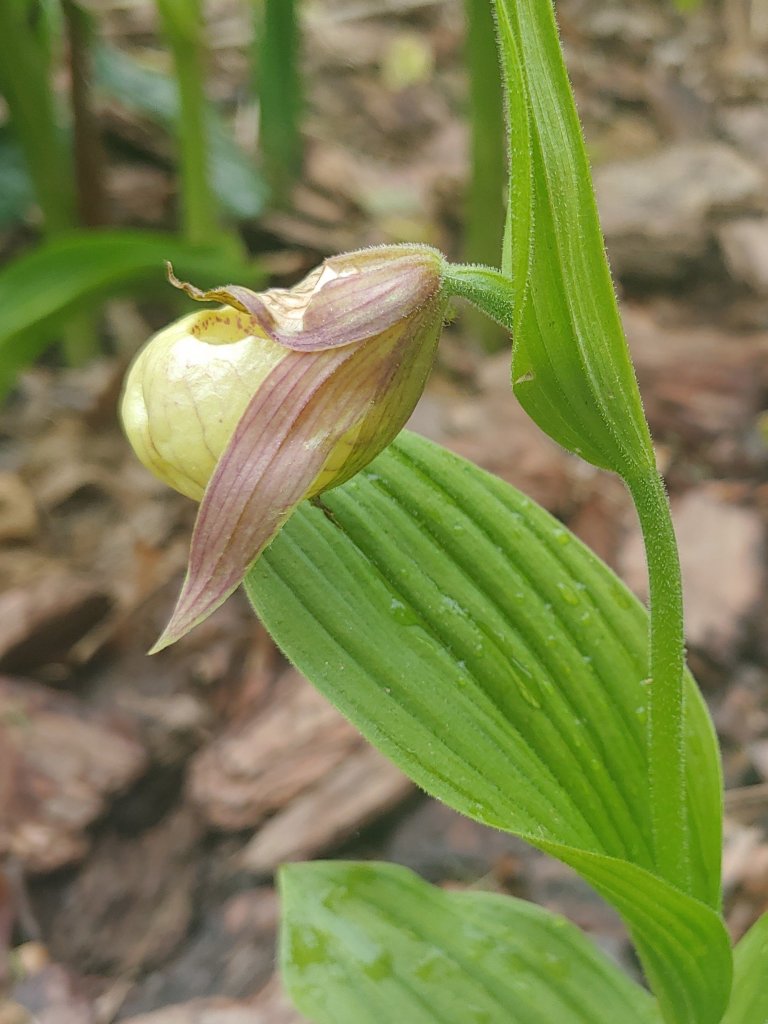
But, they’ve grown, and while their schedule is far behind with a mid spring delivery from a much colder region, two are now flowering. The third is further behind, but all are looking good and the Lady Slipper is a treasured orchid and one that I’ll add more of when I’m assured these have made it through the summer.
For some cheap japanese orchids, you may want to try:
https://www.kusamonogardens.com/
Thanks Linus. If I can figure where more can go this looks like a good bet.
I hope the Cyps do well for you. I haven’t had any luck with them a little south of you in central NC, despite the fact that I could grow them fine when I lived in Michigan. There are wild populations of Cypripedium parviflorum var pubescens and C. acaule a few miles away from my garden, so I suspect the problem is that the cultivated plants come from northern populations. They seem to rot during our mild winters rather than die during the summer.
The hardy calanthes are fantastic in this climate, so I’ll probably keep growing them instead.
My Bletilla are beautiful this year, there are more than 80 blooming plants – up from about 50 3-4 years ago. I did have to cover them during the freeze but they came through with no problems. The patch started with three plants from my mother’s home, for years they just puttered along but in last few years have really taken off. Would like to get some of the other colors – white and a darker purple – to see how they do.